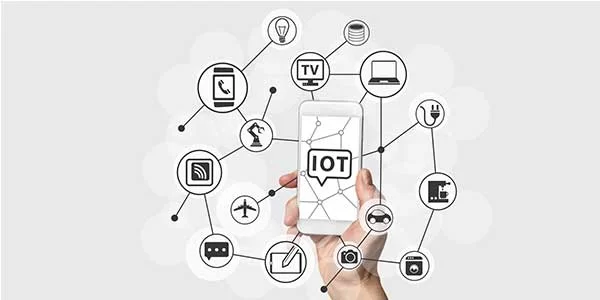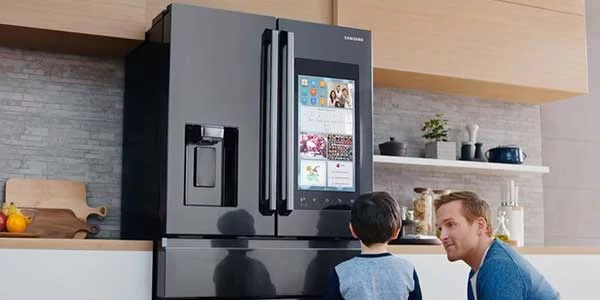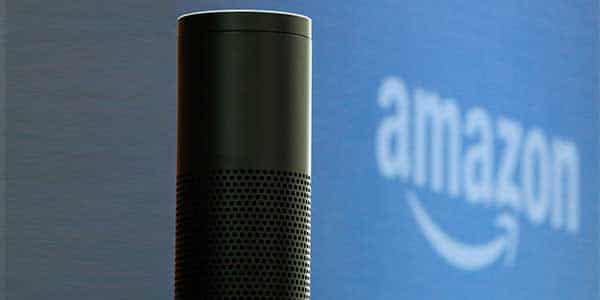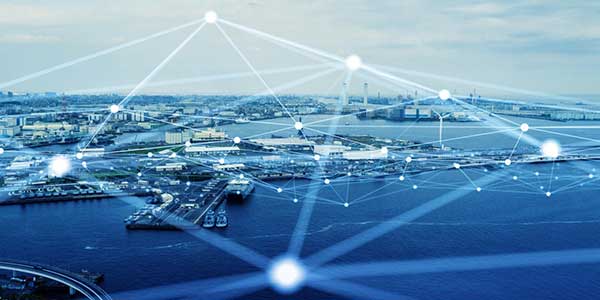Right now, the Internet of Things is a big buzzword. The word refers to the usage of internet-connected devices that do not require typical user input, such as a computer or smartphone. IoT Secure gathered information on how businesses are increasing growth in the Internet of Things by using news sources and expert reports.
Every generation of electronics has become smarter, but it’s only recently that gadgets have become “smart”—a technical phrase referring to internet-connected smart TVs, refrigerators, and other products. These devices may talk with one another and convey data about user activity, such as allowing you to regulate your house thermostat using a distant phone application.
Although in-home applications account for a big portion of the IoT device market, it is still growing and has the potential to impact a variety of sectors. Many company executives are enthused about IoT because it allows them to make manufacturing and other industries more efficient, as well as better assess and respond to supply and demand. Another important business that might be transformed by IoT is health care, with greater monitoring and assistance for physicians, nurses, and home health aides.
Over The Previous Three Years, Business Expenditure On Iot Has Climbed By More Than 10%.
In each of the previous three years, businesses have raised their expenditure on IoT devices by more than 10%. A portion of this money will go toward the development of consumer gadgets like smartwatches, wearable fitness monitors, and video gaming consoles. The cost of raw materials used to manufacture the batteries that power these gadgets has also increased. Businesses that are upgrading to fully incorporate IoT devices into their operations account for another portion of the expenditure surge. The healthcare and manufacturing areas are the most promising for IoT growth.

More:
- IoT Devices in Health Care Put Patients at Risk
- How Can IoT Devices Be Secured And Protected From Cyber-Attacks?
- With Smart Devices, Oppo Makes a Splash in IoT
Today, There Are An Estimated 18 Billion Internet Of Things (IoT) Devices.
The Internet of Things refers to “smart” items such as televisions and refrigerators, as well as other things like your automobile and video gaming console. These gadgets are connected to the internet, but they lack the usual user interface found on a computer or smartphone. However, it’s simple to see how those categories may add up to the world’s projected 18 billion IoT devices, with a large proportion of them belonging to the same connected family group. As more individuals replace their household appliances and cars, the number of devices will continue to climb.

By 2025, The Gadgets Are Expected To Generate 90 Zettabytes Of Data.
IoT devices are estimated to generate 90 zettabytes of total data by 2025, according to global market intelligence firm IDC. A zettabyte is a unit of measurement for a billion terabytes, or a trillion gigabytes; for contrast, your smartphone may have 64 gigabytes of storage. It’s also understandable that IoT devices would create so much data. The gadgets include nanny cams and other camera-equipped devices that take images or record video files, as well as speech recognition systems like Alexa that record sound on a regular basis. Some IoT devices include built-in storage, while others are designed to send data to a home computer, eliminating the need for onboard storage.

By 2030, The Economic Value Of The Internet Of Things Might Range From $5.5 Trillion To $12.6 Trillion.
According to McKinsey, the Internet of Things will be worth $5.5 trillion to $12.6 trillion by 2030. This expansion will be powered by the usage of IoT devices in the locations where they will thrive the most. Manufacturing is one of these businesses since it can make use of smart gadgets that exchange data and offer quick feedback. Health care is another industry that benefits from IoT, since cutting-edge technology may save more lives and improve outcomes. Apart from these business-to-business applications, IoT devices have proven to be popular with consumers for usage in their homes and automobiles, according to McKinsey.

By 2030, China Is Expected To Account For More Than 26% Of The Overall Value Of IoT Devices.
China, as a manufacturing powerhouse with a population of 1.4 billion people, is expected to account for more than 26% of the worldwide IoT industry’s value by 2030, according to McKinsey. With such a huge share of the future IoT market, China has a chance to profit from the two most lucrative segments of IoT value development, according to McKinsey. The first is operations productivity, which refers to how quickly people and machines can create materials, build products, and so on. The second goal is to increase human productivity, which might apply to workers in practically any sector.
